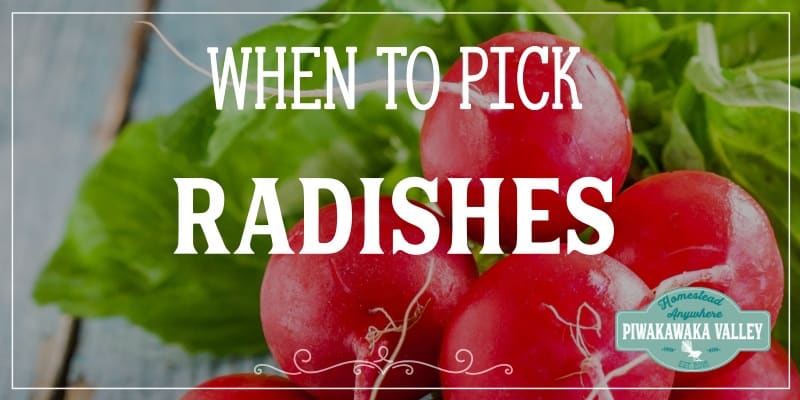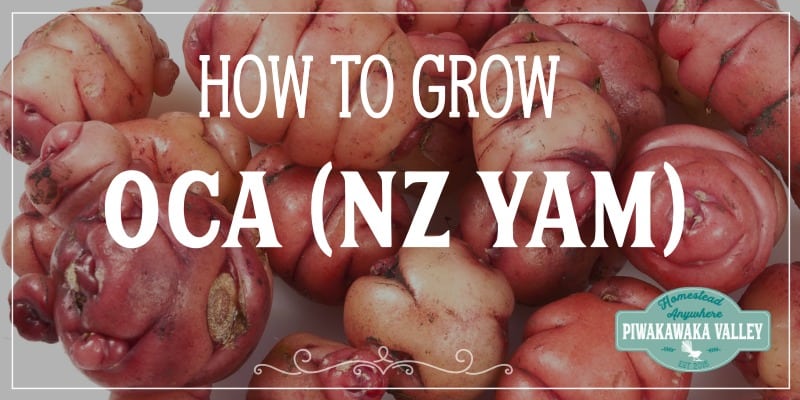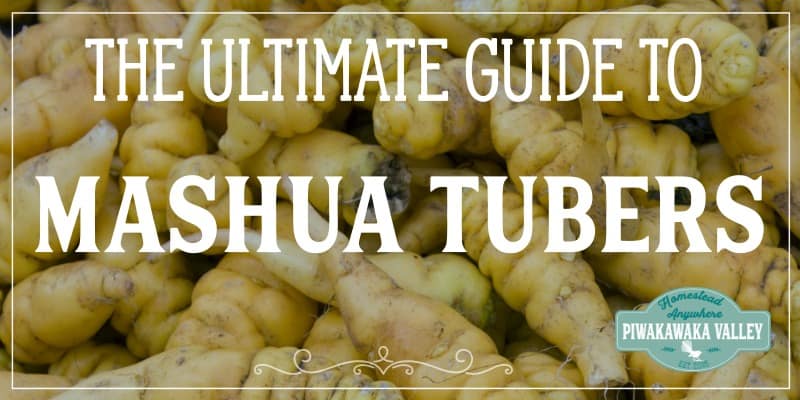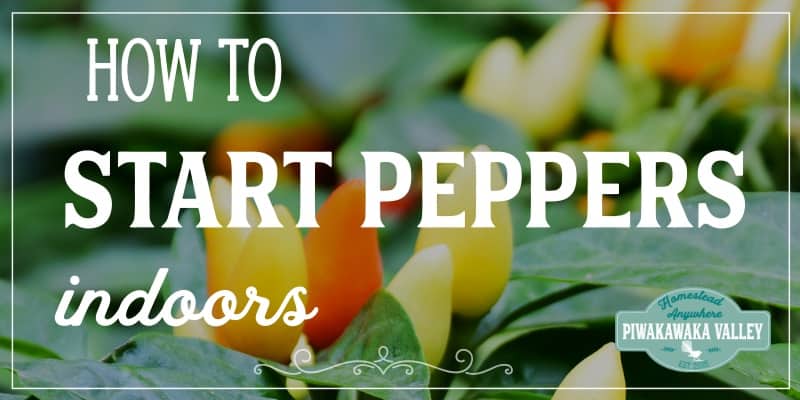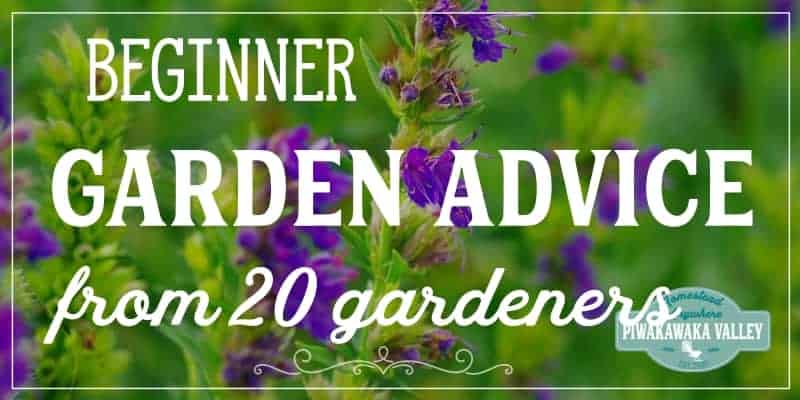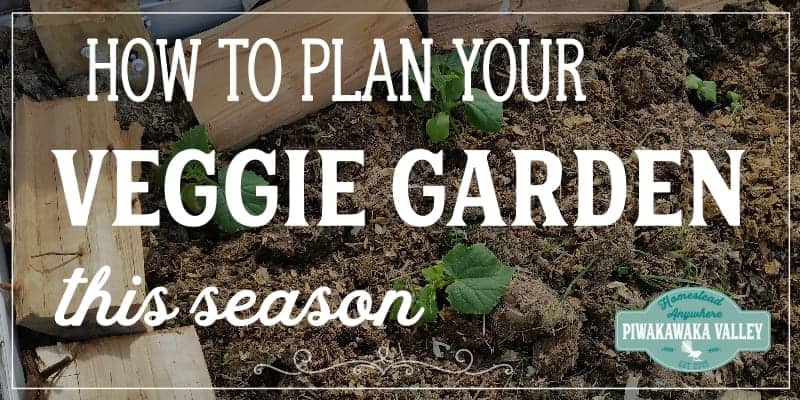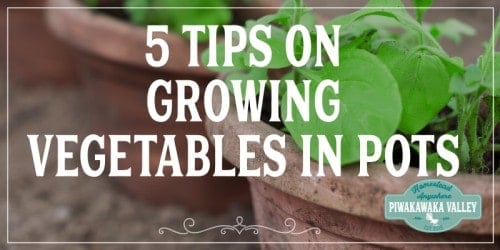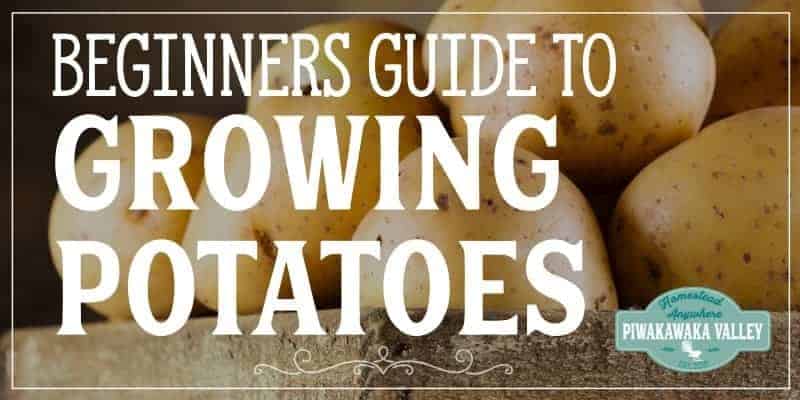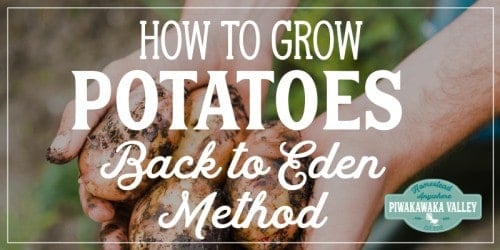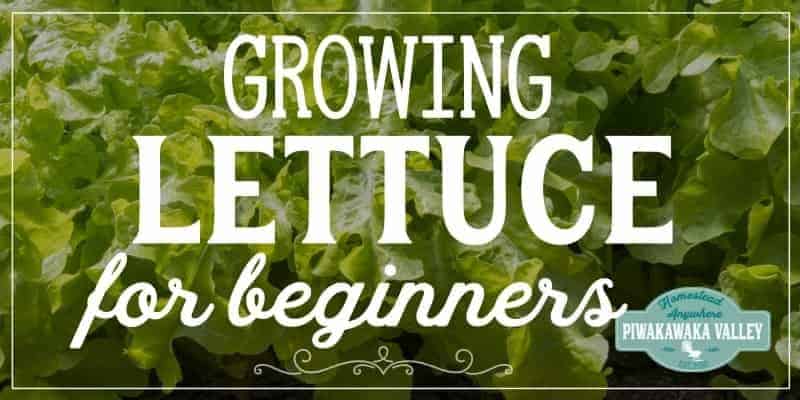This post was most recently updated on March 26th, 2020
Every year I try and grow a whole years worth of carrots for the family. Every year I have the same problem: how to store carrots without refrigeration. Below is everything you need to know about storing your carrots so that they maintain quality.
Please read: This information is provided for educational purposes only and is not intended to treat, diagnose or prevent any disease. We encourage you to make your own health care decisions in partnership with a qualified health care professional.
This post contains affiliate links, this means at no extra cost to you, we make a commission from sales. Please read our Disclosure Statement
The first time I tried storing carrots after harvesting, I washed them all and crammed them all in the refrigerator. Within a few weeks they were starting to go rubbery. By the end of a few months, any stored carrots were ruined. It was a sad time.
Carrot and root vegetable storage basics
Indoor or root cellar storage areas need to be well-ventilated, dry and as dark as possible.
Storage bins need to be something that can be easily washed— plastic works the best as you can use bleach on it and it dries quickly.
Wire baskets will cause “pressure points” that will bruise, so these need to be well padded, if you choose to use them.
In general, I don’t store non-refrigerated produce in plastic bags—they simply trap any moisture and the food rots.
RELATED: How to grow amazing carrots
Do carrots need to be refrigerated?
We have been trained to keep everything in the refrigerator these days. But thing how your great grandparents got on before refrigerators were invented! Most root crops were stored quite successfully without a refrigerator, and carrots do not need a fridge to store well.
If you are going to consume your carrots within 5 days, they can be stored at room temperature in a cool dark corner of your pantry. As the days progress they may loose some of their crunch, especially if they are exposed to the air.
If it is going to be more than a couple of days until you eat them, they should either go in the fridge in a sealed container or wrapped in damp paper towels. Alternatively, store them at room temperature in some damp sawdust or sand to reduce evaporation and dehydration without them sweating and rotting.
Tricks for storing carrots in the refrigerator
If your carrot or root vegetable crop is smaller, you can keep them in the fridge successfully. This is how they are commercially kept – in a large cool store.
The trick is to keep the humidity up, and the contamination and disease down. To do this well, they easiest option is to wash the carrots first, and store them still slightly damp in sealed containers.
- Select only disease free carrots that are about 1 inch wide at the top
- Cut off the leaves, leaving about 1/2 – 1 inch
- Wash the carrots well, being careful not to damage them
- Remove any damaged or diseased carrots and sit them aside to eat first
- Place the carrots in air tight bags, glass jars or click-top containers
- Store in the refrigerator for up to 3 months.
RELATED: Dehydrating vegetables
How to store carrots without refrigeration
If you have a large harvest of carrots, you will likely need a way of storing your carrots without taking up all the room in your refrigerator.
This method is often called the sand or sawdust method of storing carrots, and it works in a corner of your garden as well as in storage bins in a root cellar. Personally we have ours out in the garden.
You CAN leave the carrots in the ground for the Winter, as long as your ground does not freeze solid. As soon as the weather starts to warm, you will find that your carrots start to grow a woody middle as they prepare to flower and do to seed.
RELATED: Plastic free food storage
Storing carrots outside over Winter in the garden
To keep the carrots crisp and ready to eat if your ground does freeze, or, if like me, you want to clear some crop space to put through a green manure crop. The storing your carrots in a cool store space is the way to go.
- Find a space in the corner of your garden, and clear away any weeds or debris.
- Pull up your carrots and remove the tops, leaving 1/2-1 inch on
- Sort out any that are diseased or damaged
- You may like to sit your carrots in a basket at this point.
- Wash the carrots to remove most of the dirt (leave them in the baskets)
- Place the baskets on the cleared patch of ground OR
- Lay the carrots in a pile on the ground, up to 4-6 carrots high
- Cover the pile of carrots with a wet hessian sack – old coffee bean sacks work well
- Layer 4-6 inches of wood mulch, sand or loose dirt
- Lightly hose the pile if you see it is drying out
- To harvest, just lift the edge of the sack remove what you need, the return the sack and mulch
NOTE: The carrots will grow tiny white ‘hairy’ roots while being stored like this. This is actually a GOOD thing because it means that they are soaking up the moisture that is around them, and they are keeping nice and crisp.
Storing carrots in a root cellar in sand or sawdust
To store your carrots in a root cellar you will need:
- A root cellar or a cool dark area
- Some bins or boxes
- Damp sand or sawdust
- Clean, disease-free carrots with their tops removed
To pack your carrots for root cellar storage, place a 2 inch layer of damp sand or sawdust on the bottom of your bin. Lay your carrots on top in a single layer, top with 1 inch of damp sand or sawdust, top with more carrots and more sand/sawdust until your bin is 4 inches from the top. Top with a final 3-4 inches of damp sand or sawdust.
Carrots stored like this will last at least 3 months, and up to 6 months depending on the temperature of your root cellar. They will start to grow again as soon as it warms slightly.
Preserving the carrot harvest
Another option is to pressure can your carrots. Non acid vegetables like carrots and beans need to be pressure canned if you do not want them pickled.
You will need a pressure canner, not just a pressure cooker and some canning jars.
- Wash and chop your carrots
- Place them in 1 quart jars, packing them in as tightly as you can
- Add 1/2 teaspoon of canning salt to each jar, and top up with fresh, clean water leaving 1/2 inch gap at the top. Run a knife down the sides and gently tap the jars to remove air bubbles. Top up with more water if required.
- Process as per your canners instructions. At sea level for my canner it is at 9lb of pressure for 45 minutes.
Canned vegetables are recommended to be consumed within one year, but if the seals are good, they will last significantly longer than that.
If you would like to learn how to grow your own bumper carrot harvest, check out our own gardening course!
How to tell if carrots have gone bad
Carrots can keep their eating quality for many months if stored correctly. However, it is inevitable that at some point you will have a carrot that goes bad. Look out for the following signs:
1. Mold or discoloration
If your carrot has grown fluffy mold, white spots or brown areas, it has gone bad.
2. Texture changes
A carrot should be crispy and solid. If your carrot is rubbery, wrinkled, mushy, holey, slimy or oozing any liquid, it is not OK to eat.
3. Stinky
Carrots should smell fresh and maybe slightly earthy, if they are smelling fruity or stinky it is time to compost it, not eat it!
Storing root vegetables without refrigeration
Other root vegetables such as beets, parsnip, turnip, parsley root and rutabaga can all be stored in the same manner as the carrots.
Onions, garlic and shallots are better off being stored somewhere dry and dark so hanging them in mesh bags usually works best.
Potatoes and sweet potatoes do best when they are harvested and most of the dirt brushed off. Allow all the dirt to dry totally, then place the potatoes in thick paper bags somewhere cool, dry and dark.
Storing Carrots: How to store carrots without refrigeration
What tried and true methods have you tried to store your carrots over the WInter? Let me know in the comments below.
Please pin and share!
If you would like help getting the most out of your garden, I would love to help you, find out more here
RELATED: Free Gardening Resources
If you like tips on frugal living, self sufficiency and consuming less, sign up to our newsletter below, I would LOVE to have you





